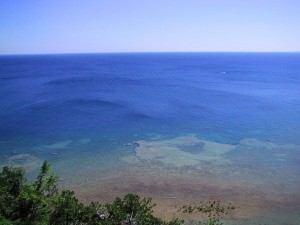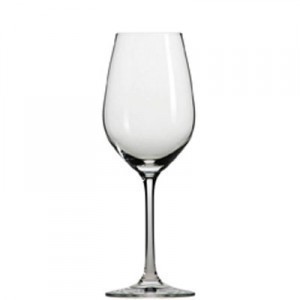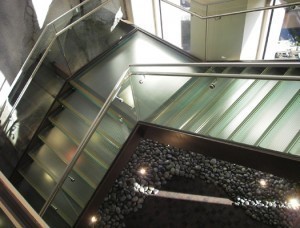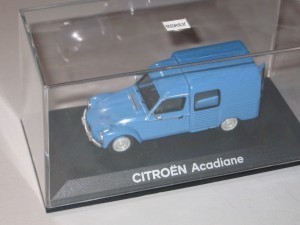What is the Size of a Sea Urchin?
The size of a sea urchin ranges from 2.4 to 4.7 in (6 to 12 centimeters). 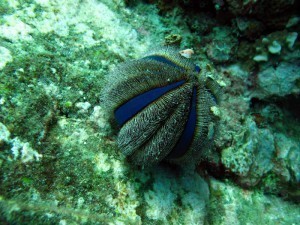 They come in various colors, but the most common is light pink and purple. There are several types of urchins, including the Caribbean sea urchin, the pencil urchin and purple sea urchin. They are related to the sea cucumber and starfish.
They come in various colors, but the most common is light pink and purple. There are several types of urchins, including the Caribbean sea urchin, the pencil urchin and purple sea urchin. They are related to the sea cucumber and starfish.
Classification and Physical Description
These creatures belong to the Class Echinoidea (Phylum Echinodermata). These creatures are all marine based. Their shape is globular and notable for the spines and the calcareous plates. The urchin has a five-fold symmetry. These creatures have several tube feet they use for walking.
While the size of a sea urchin may vary, the symmetrical features are always there. However, the symmetry is often more apparent at the dried test than with living species.
Many sea urchin spines are pointed and used for defensive purposes. These are sharp enough to draw blood on humans. However they are not toxic. These urchins also have pedicellaria around the body. Their purpose is to prevent larvae from attaching to its shell.
The spines’ length varies, but many are 1 to 3 cm (about 0.3 to 1.2 inches). Most of these are very thick. Some of these spines are somewhat blunted. The Diadema antillarum however, has spines that can get as long as 12 inches.
Diet and Predators
Their diet consists of smaller sea animals and algae. The urchins have a chewing device called Aristotle’s lantern. This is used to collect animals and other food on the areas where the urchin is located.
The size of a sea urchin may also determine what type of food it consumes. Some like to feed on sea cucumbers and numerous types of invertebrates. These include crinoids, mussels, brittle stars, sponges and polychaetes. Its natural predators are the wolf eels and the sea otters.
It should be noted that these predators are necessary to maintain ecological balance. Without them, the urchins would make an urchin barren, resulting in the disappearance of algae and the animals that rely on it.
The Life Cycle of Sea Urchins
These creatures spawn in the waters. The process begins when the males release their sperm and the females produce their eggs. If the eggs and sperm make contact, an urchin will be born. These creatures reside at a tide pool’s lower or middle area. It is here that the urchins look for algae.
Aside from Aristotle’s lantern, the urchins make use of their 5 teeth to grab the algae. The teeth are found at the center of the backside. The teeth size increases as the urchins mature.
The oldest echinoid remains date from the Lower Ordovician period. Although there were many echinoids that lived in the Paleozoic era, a single group managed to endure. From this group would emerge all the other Euechinoids and eventually the sea urchins.
The size of sea urchins as described here are for the most common types. Just as the spines’ length will vary, some slight size variations may be apparent in other species.
